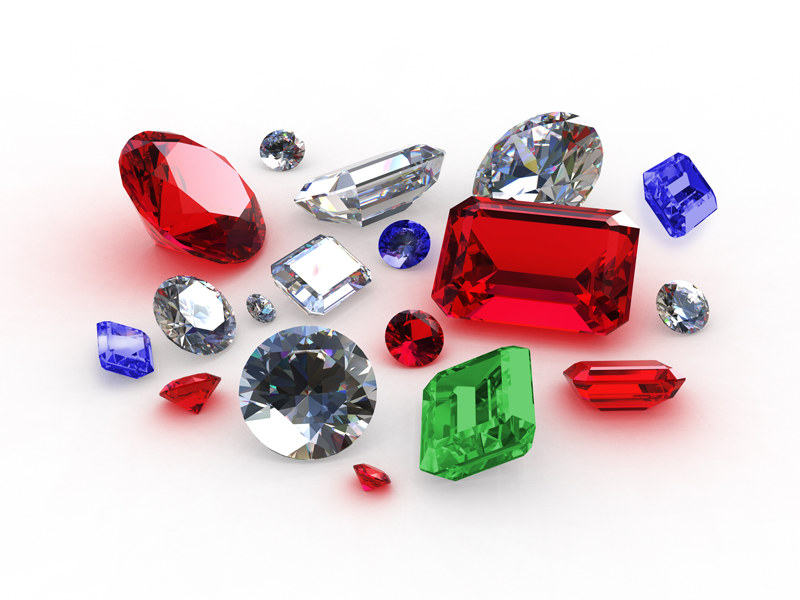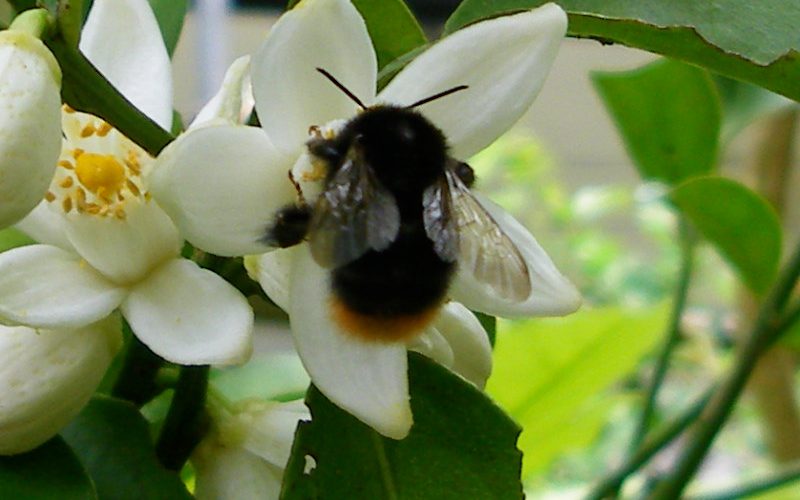Precious stones hold messages from Earth’s molten heart

Around 1920, an experienced mine worker Justo Daza and a mining engineer Fritz Klein, were scrambling over the steep mountainside terraces of Chivor – a legendary emerald site in north-east Colombia. They were breaking rocks apart with long iron poles and explosives packed into drill holes. They were hunting for new emerald veins and not finding any.
FinallyKlein found in a deep hole something big, faceted and thrilling. Without even looking, Klein knew he’d struck green.
The prospectors had unearthed what would come to be called the Patricia Emerald: a dazzling 12-sided crystal roughly the size of a soup can, with a weight of 632 carats – more than a quarter of a pound – and a verdant colour so pure and vivid you’d swear the stone was photosynthesising.
Klein sold the find for tens of thousands of dollars, while Daza – predictably enough – “was given $10 and a mule,” said Terri Ottaway, museum curator at the Gemological Institute of America.
Yet the public arguably got the best deal of all. The stone was later donated to the American Museum of Natural History in New York. Today, the Patricia remains one of the largest uncut emeralds in the world, and will be a featured star when the overhaul of the museum’s gem and mineral halls is finished in 2019.
In its raw, columnar beauty, the Patricia encapsulates an often overlooked feature of gemstones, especially the ones we deem “precious” – diamonds, rubies, sapphires and emeralds.
We may covet the stones for personal adornment and status flashing; we may imbue them with romance, exoticism and the titillation of the Hollywood jewel heist. But their real power lies in what they reveal about the dynamo that forged them: Planet Earth.
For scientists, a gemstone is a message in a bottle. Except the message is the bottle, a glittering clue to the extreme physical, chemical and tectonic forces at work deep underground.
Moreover, many of the qualities that helped loft the Big Four to prominence in the first place – their exceptional hardness, the depth and brilliance of their colouring, their rarity – are also key to the jewels’ scientific value.
Precious gems are born of strife: of shotgun marriages between hostile chemical elements, and they’re tough enough to survive cataclysms that obliterate everything around them.
“Earth is an incredible, giant chemical laboratory, and it’s a dirty place to grow crystals,” said Jeffrey Post, curator of the Smithsonian’s National Gem and Mineral Collection. But those impurities grant gems their colour and character, and “give us vital information about the crystal structures themselves”.
The rules of gem science are not cast in stone. Researchers lately have been astonished to discover that some of the world’s largest and most valuable diamonds, which can sell for hundreds of millions of dollars, originated 250 miles or more below the surface – twice the depths previously estimated for Earth’s diamond nurseries.
Some diamonds turn out to be surprisingly youthful: a billion years old rather than the average diamond’s two billion to three billion years of age. Other researchers have linked ruby creation to collisions between continental landmasses, and propose that the red jewels be called “plate tectonic gemstones”.
A team at the University of British Columbia analysed newly discovered sapphire deposits in Canada’s Nunavut territory, and concluded the stones there were generated by a novel three-part geochemical “recipe” unlike any described for sapphire formation elsewhere in the world.
You start with limestone sediments containing just the right mineral impurities – nepheline is a must – and you squeeze and heat the rocky mass to 800C. You add fluid and allow to cool. Finally, just when the growing mineral assemblage shows signs of instability, you inject another shot of fluid and lock the crystal into place. Total cooking time: about 1.75 billion years.
“If one step is left out,” said Philippe Belley, a geologist at the University of British Columbia, “you don’t get sapphires.”
In the past, geologists often dismissed gemstones as baubles and gem science as oxymoronic. “Gems were considered crass commercial materials and beneath the dignity of an academic,” said George Harlow, curator of earth and planetary sciences at the American Museum of Natural History.
Harlow suggested that precious gems gained their reputation in part by their association with gold. As insoluble stones, the gems ended up concentrated at the bottom of stream beds, often in the vicinity of similarly insoluble gold.
Long prized for its ductility, beauty and resistance to oxidation, gold was considered the property of rulers and kings – so why not the glittering stones found beside it?
The word diamond stems from the Greek terms for “indestructible” and “that which cannot be tamed”, Harlow said, “and those attributed metaphysical properties made the ruler seem even more important.”
Diamonds are not indestructible, but they are the hardest substances known, given the top score of 10 on the Mohs scale of hardness – that is, resistance to scratching.
Persuading large numbers of carbon atoms to lock limbs in all directions requires Stygian whips of high heat and pressure, which until recently could only be found underground.
In theory, the Earth’s mantle, which is thought to hold about 90 per cent of the planet’s carbon supply, is practically glittering with diamonds at various stages of formation. Getting those jewels to the surface in bling-worthy condition is another matter.
Researchers can also fabricate diamonds in the laboratory, although the results are more often destined for industry than Tiffany. Nor can scientists create anything remotely as celestial as the Hope Diamond: the world’s largest deep-blue diamond.
Colouration mechanics figure more prominently still in the genesis of coloured gemstones. After all, sapphires and rubies are built of the same basic mineral, corundum, a crystallised collaboration of aluminum and oxygen that would be transparent and colourless if not for some artful chemical doping.
With a Mohs hardness score just a point shy of diamond’s, corundum becomes a red ruby through the timely addition of chromium atoms. Recent research suggests chromium is shoved up to the crust from Earth’s mantle when continental landmasses bang together.
A sapphire is a corundum crystal of any colour but red – although many people consider a true sapphire to be blue.
Emerald is the softest of the precious stones, with a Mohs score between 7 and 8, and at its finest it’s a piece of fossilised swamp.
For emeralds born in the mountains of Colombia, the green is chromatically, spectacularly clean.
“That’s why Colombian emeralds are so fabulous,” Ottaway said. “You can become so absorbed looking at one of these incredible stones.

































